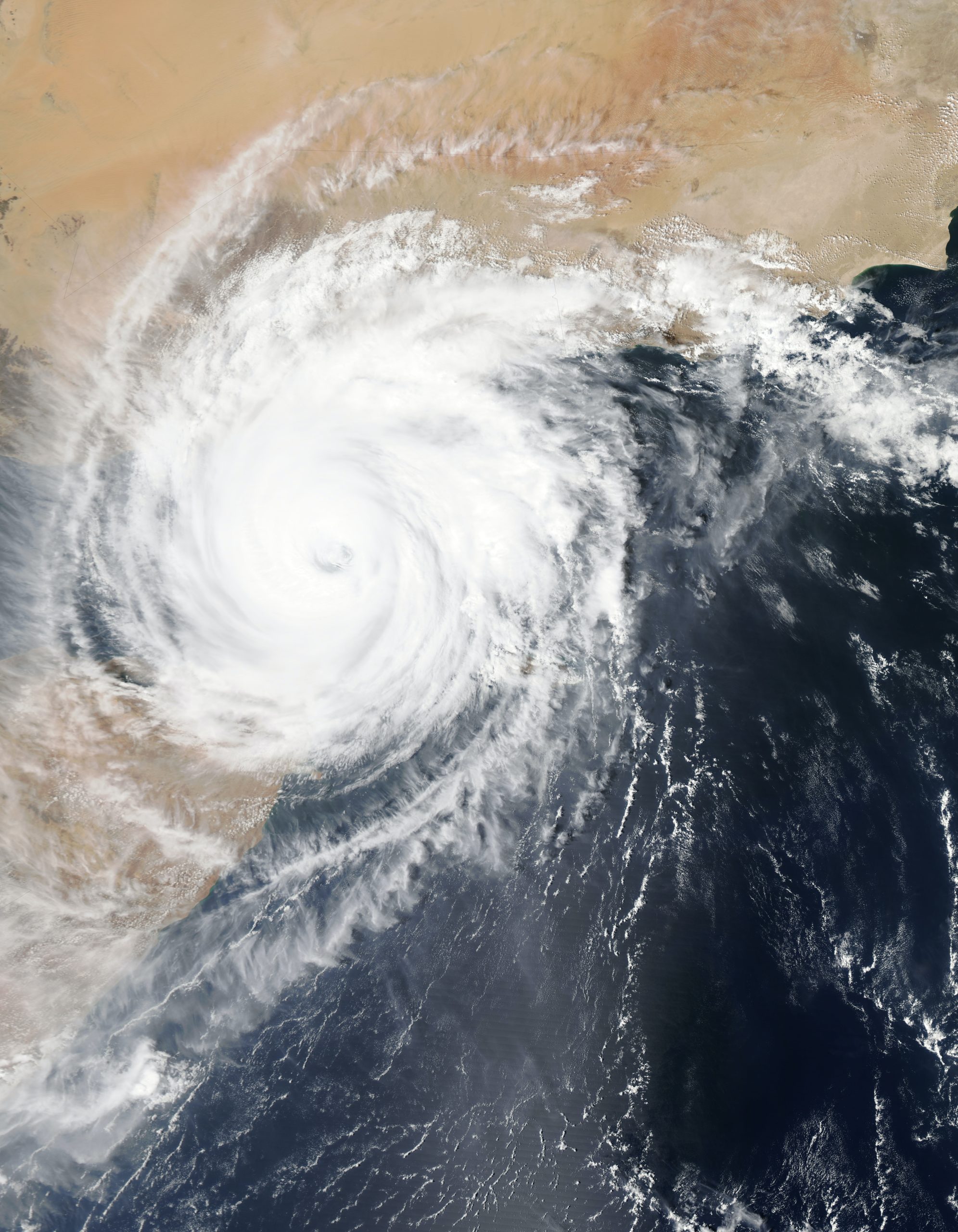
THE HURRICANE PROOF ROOFING SYSTEM (PART 2)
You can have a commercial roof that is nearly hurricane-proof. As we started in our series last month, the facts are clear: Spray Polyurethane Foam roofs, combined with an elite coating (such as Rugged Coatings), form the absolute best protection for your commercial building.
ROOFING AND WIND UPLIFT
While flooding and water are significant factors for hurricane damage at ground level, much consideration should be given to wind uplift at the roof level of your structure. When the National Institute of Standards and Technology reviewed roof damage following Hurricane Katrina, they found that buildings roofed with SPF “performed well without blow-off of the SPF or damage to flashings.”[1]
Here’s why: SPF roofing material adheres to the substrate better than any other material on the market. SPF roofing can be applied to create a singular membrane across the entire surface. SPF roofing is also incredibly durable under the pressures of storms, such as hail. It offers a compressive strength of 40-55 pounds per square inch, making it incredibly strong in resisting hail damage, and retaining membrane integrity. The roof will last thirty years or more when well-maintained with proper coatings.
The Rugged Roofing System, which uses Accufoam® 2.8 lb. Closed Cell Roofing Foam increases wind uplift resistance. The material is highly resistant to peeling, which occurs when the wind pulls flashings and copings away from the edge of a roof. This is a common fail point of other roofing materials, which leads to catastrophic roof failure.
The 2006 NIST report found only one instance of an SPF roof incurring any damage of note in Hurricane Katrina’s wake, and found that SPF roofs stay intact, prevent moisture infiltration, and protect structures from hail and debris.
A DEEPER LOOK
Solutions for Severe Weather Hurricane investigations by NIST, NRCA, the Roofing Industries Committee on Weather Issues (RICOWI), and other groups show that ccSPF (Closed-cell Spray Polyurethane Foam) roof assemblies have a remarkable track record of performance in severe weather situations.
When it comes to protecting roofs against natural disasters, especially hurricanes, ccSPF roof systems have shown remarkable resistance to high wind uplift and blow-off, a characteristic attributed to its spray-applied application, strong adhesion, without the need for fasteners, and absence of joints or edges for the wind to grab onto. Furthermore, ccSPF is resistant to progressive peeling failure due to missile impact, deck failure, and peeling failure at the roof edge, not to mention preventing water infiltration following missile impact. Laboratory testing of ccSPF systems found that the foam’s wind uplift resistance exceeded the capacity of Underwriters Laboratories (UL) equipment. In addition, the UL noted that ccSPF applied over BUR and metal increased the wind-uplift resistance of those roof coverings. FM Global’s testing showed similar results over concrete, metal, and wood and enabled FM to approve ccSPF roofing systems for an I-250 rating over metal and an I-990 rating over concrete. One common misconception is the belief that FM Approvals’ windstorm classification ratings, such as 1-60, 1-90, or 1-120, correlate to wind speeds of 60, 90, or 120 miles per hour (mph). Building owners and some specifiers and designers don’t realize that the ratings apply to uplift pressures in pounds per square foot (PSF.), not wind speeds.
RICOWI’s Hurricane Katrina Investigation Team 1 documented more than 2 million sq. ft. of ccSPF installed to metal roof decks and buildings that survived the 2005 storm with minimal damage when buildings next to them were seriously damaged from pressurization and high winds. Regarding hail damage, the NRF report of 140 ccSPF roofs discovered that “one unique aspect of SPF roofs … is that they are not in immediate danger of leaking, provided the penetration does not extend through the foam.” According to roofing industry experts, ccSPF is an excellent energy impact-absorbing material compared to other roofing systems. Hail and wind-driven missile damage rarely cause leaks in a ccSPF roof. The damage typically can be repaired at a later date without compromising the long-term performance of the ccSPF roofing system.[1]
READY TO PROTECT YOUR COMMERCIAL BUILDING?
We’d love to chat about how our industry-leading Rugged Roofing System can secure your commercial building against the elements and give you absolute peace of mind to weather the storm. Contact us today, or click here to learn more about the Rugged Roofing System!


